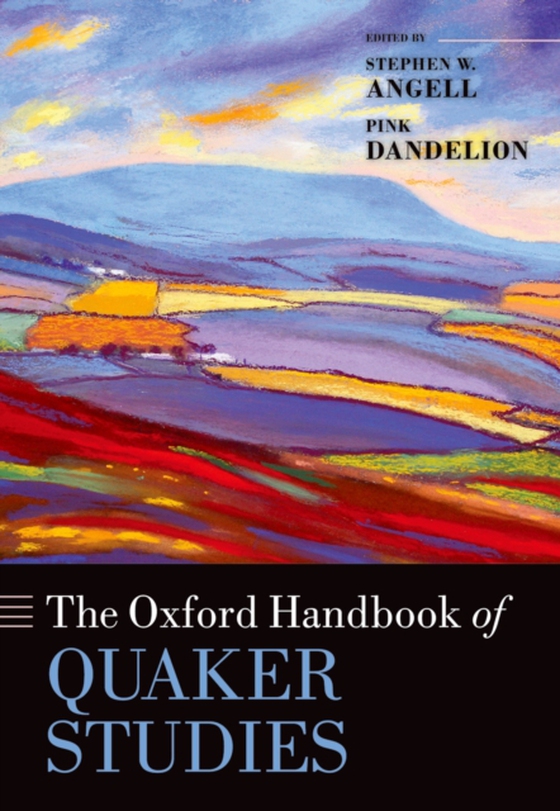
Oxford Handbook of Quaker Studies e-bog
295,53 DKK
(inkl. moms 369,41 DKK)
Quakerism began in England in the 1650s. George Fox, credited as leading the movement, had an experience of 1647 in which he felt he could hear Christ directly and inwardly without the mediation of text or minister. Convinced of the authenticity of this experience and its universal application, Fox preached a spirituality in which potentially all were ministers, all part of a priesthood of beli...
E-bog
295,53 DKK
Forlag
OUP Oxford
Udgivet
26 september 2013
Genrer
HRCC2
Sprog
English
Format
epub
Beskyttelse
LCP
ISBN
9780191667374
Quakerism began in England in the 1650s. George Fox, credited as leading the movement, had an experience of 1647 in which he felt he could hear Christ directly and inwardly without the mediation of text or minister. Convinced of the authenticity of this experience and its universal application, Fox preached a spirituality in which potentially all were ministers, all part of a priesthood of believers, a church levelled before the leadership of God. Quakers are afascinating religious group both in their original 'peculiarity' and in the variety of reinterpretations of the faith since. The way they have interacted with wider society is a basic but often unknown part of British and American history. This handbook charts their history and the history of theirexpression as a religious community. This volume provides an indispensable reference work for the study of Quakerism. It is global in its perspectives and interdisciplinary in its approach whilst offering the reader a clear narrative through the academic debates. In addition to an in-depth survey of historical readings of Quakerism, the handbook provides a treatment of the group's key theological premises and its links with wider Christian thinking. Quakerism's distinctive ecclesiastical forms and practices are analysed, and itssocial, economic, political, and ethical outcomes examined. Each of the 37 chapters considers broader religious, social, and cultural contexts and provides suggestions for further reading and the volume concludes with an extensive bibliography to aid further research.
 Dansk
Dansk

